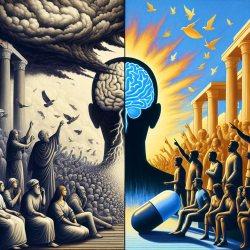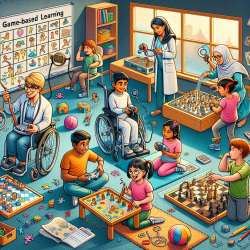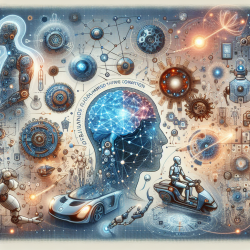Understanding Epilepsy: A Historical Perspective for Modern Practitioners
Epilepsy, a condition with a long and storied history, has been both misunderstood and feared throughout the ages. The research article, "The History of Epilepsy: From Ancient Mystery to Modern Misconception," provides a comprehensive look at how perceptions of epilepsy have evolved, and how these changes impact treatment and social integration today.
In ancient times, epilepsy was often attributed to divine or demonic influences. For instance, in Babylonia, seizures were thought to be caused by evil spirits, leading to treatments that involved spiritual interventions. Similarly, the Egyptians recognized the physical manifestations of seizures but still attributed them to supernatural causes. These early interpretations laid the groundwork for centuries of stigma and misunderstanding.
It wasn't until the Greek physician Hippocrates proposed that epilepsy was a disorder of the brain that a shift in understanding began. However, his ideas were overshadowed by prevailing spiritual beliefs, and it took many centuries for the medical community to embrace a scientific approach to epilepsy. The 17th century marked a turning point, with European physicians beginning to recognize epilepsy as a neurological disorder.
Modern Misconceptions and Social Stigma
Despite advances in medical understanding, epilepsy continues to be surrounded by misconceptions and stigma. Many people with epilepsy face discrimination in employment, education, and social settings. This stigma often stems from a lack of understanding about the condition, leading to social isolation and reduced quality of life for those affected.
Studies show that communities with a better understanding of epilepsy tend to provide more supportive environments for individuals with the condition. Education and awareness are crucial in dispelling myths and fostering acceptance. Practitioners can play a vital role in this by educating themselves and others about the true nature of epilepsy.
Encouraging Further Research and Education
For practitioners looking to improve their skills and understanding of epilepsy, further research is essential. Engaging with historical and contemporary studies can provide valuable insights into the condition's complexities and the social factors that influence patient outcomes. By staying informed, practitioners can better advocate for their patients and contribute to reducing the stigma associated with epilepsy.
To read the original research paper, please follow this link: The History of Epilepsy: From Ancient Mystery to Modern Misconception.










